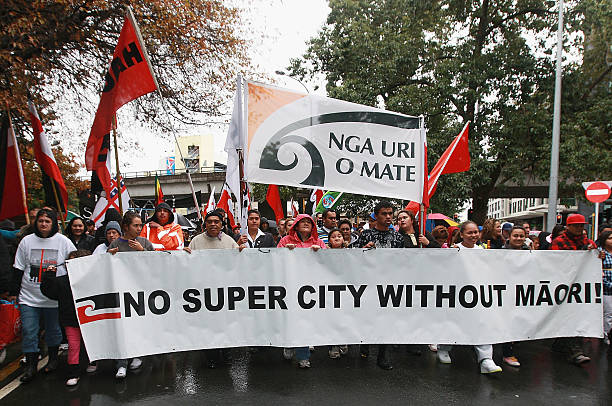
The Super City was a new design for the Auckland government which disbanded the City Council in 2010 and created a new structure for all levels of city government. The biggest changes were the dissolution of the Auckland Regional Council, which was previously in charge of parks, public transportation, and environmental protection, the creation of local boards within Auckland for regional representation, and the introduction of a single mayor for the whole city. The previous structure consisted of seven different mayors representing different districts.
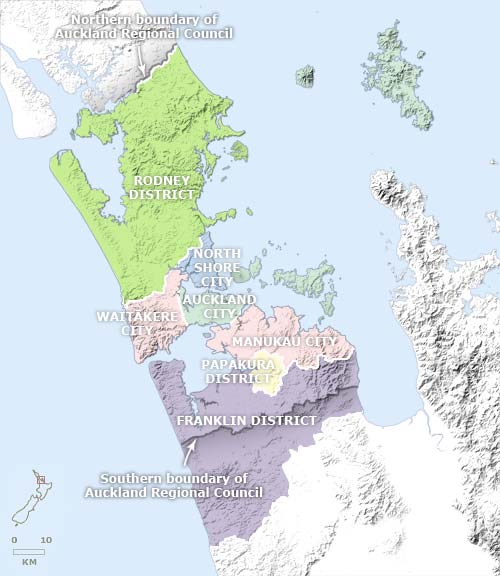
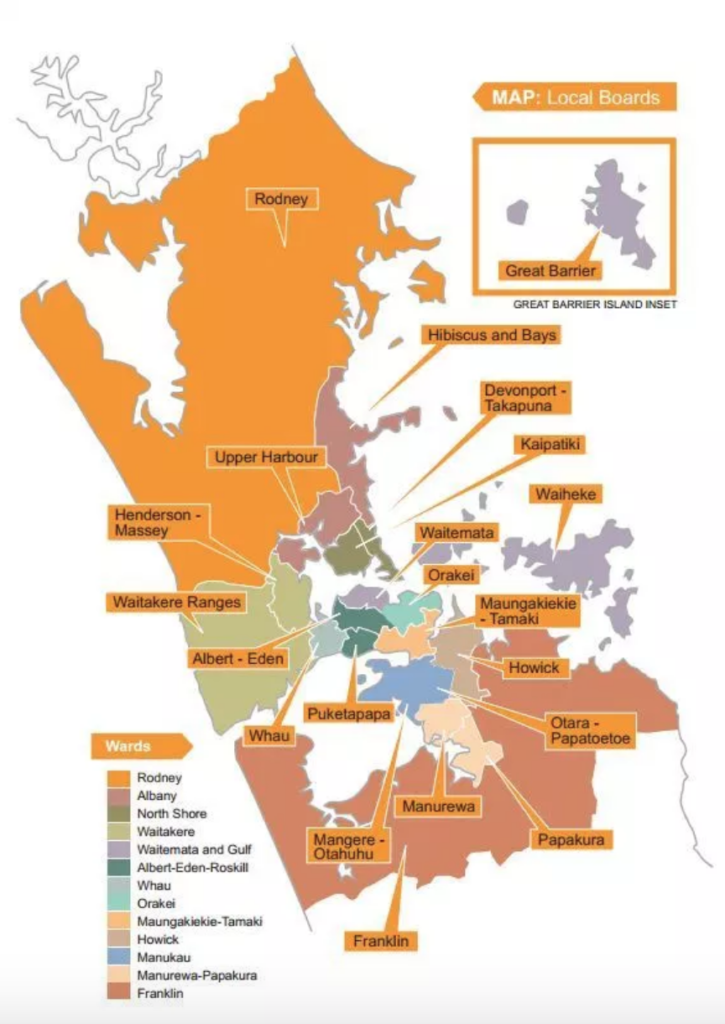
The new plan was proposed in order to improve local government representation. The idea was that local boards would allow the community to be more involved in decision making, and centralizing the City Council and mayor into a “Super City” would increase efficiency. However, the new government structure excluded Māori by failing to provide council seats for their community. According to leaders from the group Iwi Have Influence (IHI), representation of Māori in the government of New Zealand is mandated by the Tiriti O Waitaingi of 1840, which has been broken in several ways.
The Super City set up a Māori advisory board for appointed Māori leaders to have input on the City Council’s decisions. However, some in the Māori community felt this was not enough, as the board has no power to propose or directly vote on legislation. Protests and other actions following the announcement of the Super City demanded City Council seats reserved for Māori. A letter published by Iwi Have Influence in 2010 detailed the restructuring of City Council the group felt was necessary. In the end, these demands for representation were ignored, and the Māori Statutory Board was created, along with 20 locally elected City Council seats. The Super City is similar to the building projects covered by this website: it recognizes the influence of Māori culture without increasing the power Māori people have in the city of Auckland.
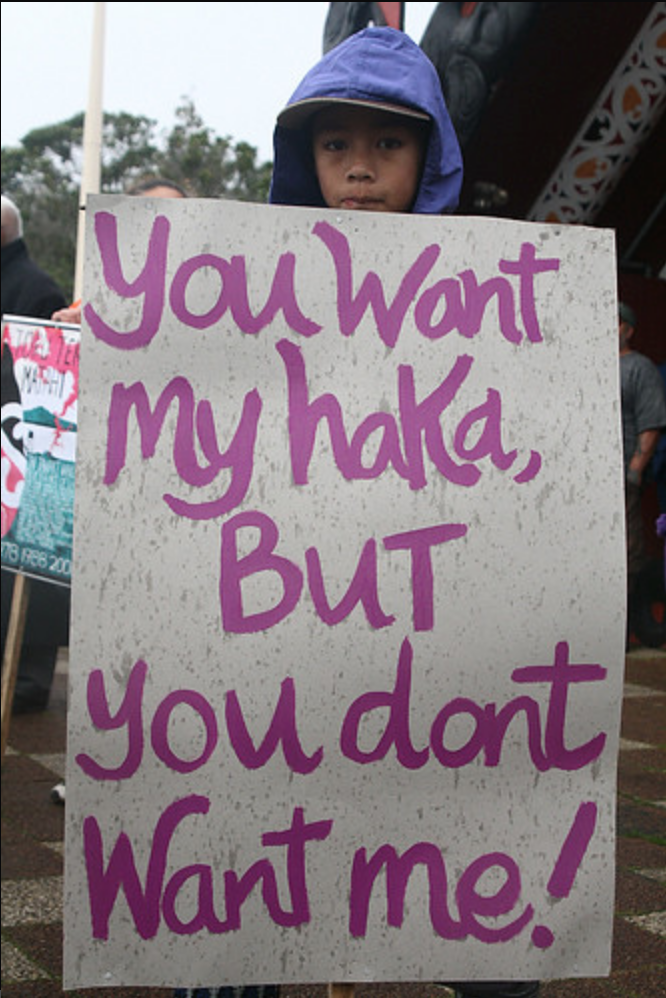
The protest of the Super City and creation of the Iwi Have Influence group are simultaneous with the controversies in city planning which this website focuses on. As these spaces increase Māori representation in a certain way, they may serve as substitutes for the real change Māori organizers are asking for. The letter published by IHI, titled “No Super City without Māori,” warns of this diversion from structural change through superficial accommodations:
“The establishment of a Maori Statutory Board does not absolve the new Auckland Council from continuing to consult, engage or enhance opportunities for Maori to participate in decision-making processes. The new Auckland Council is not to use the Maori Statutory Board as a substitute or excuse for not genuinely engaging or listening to the many voices of Maori (as residents, communities, affected parties, interest groups etc).”
(page 4)
Just as the Super City creates a political landscape of tokenism and superficial efforts for inclusion, these developments of Auckland’s waterfront shape the physical landscape with shallow representations of the indigenous communities.
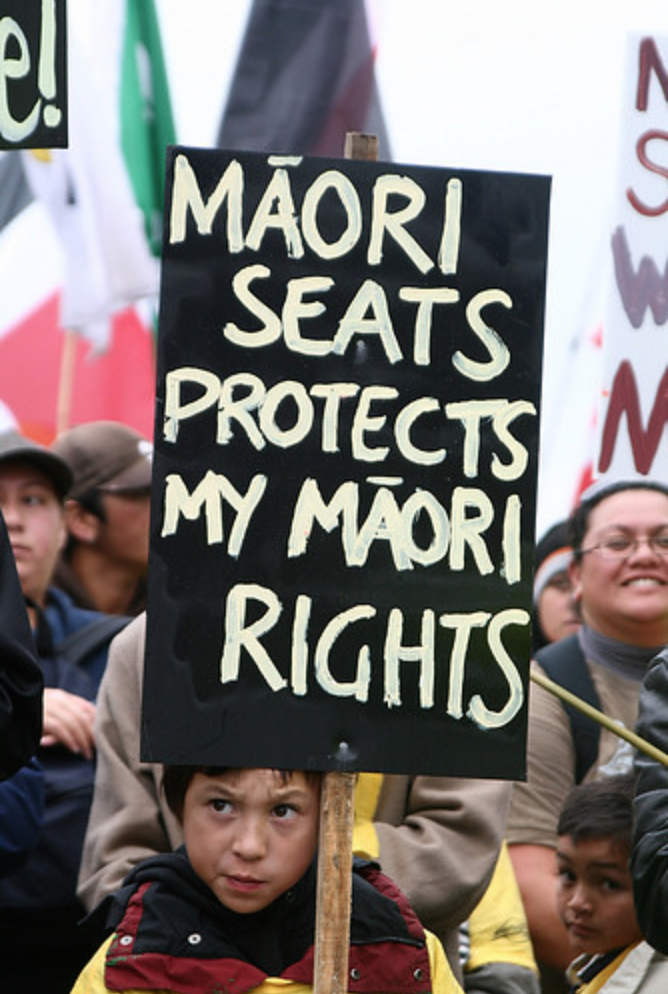
By Theodora Rodine